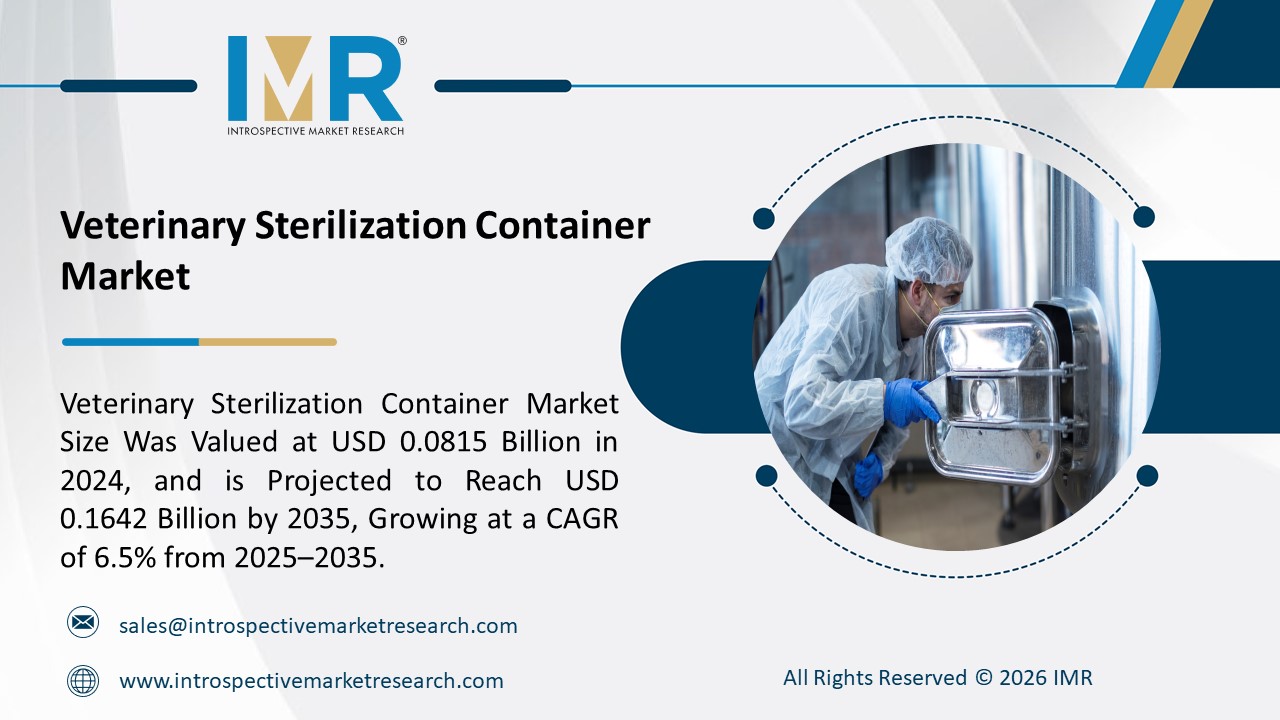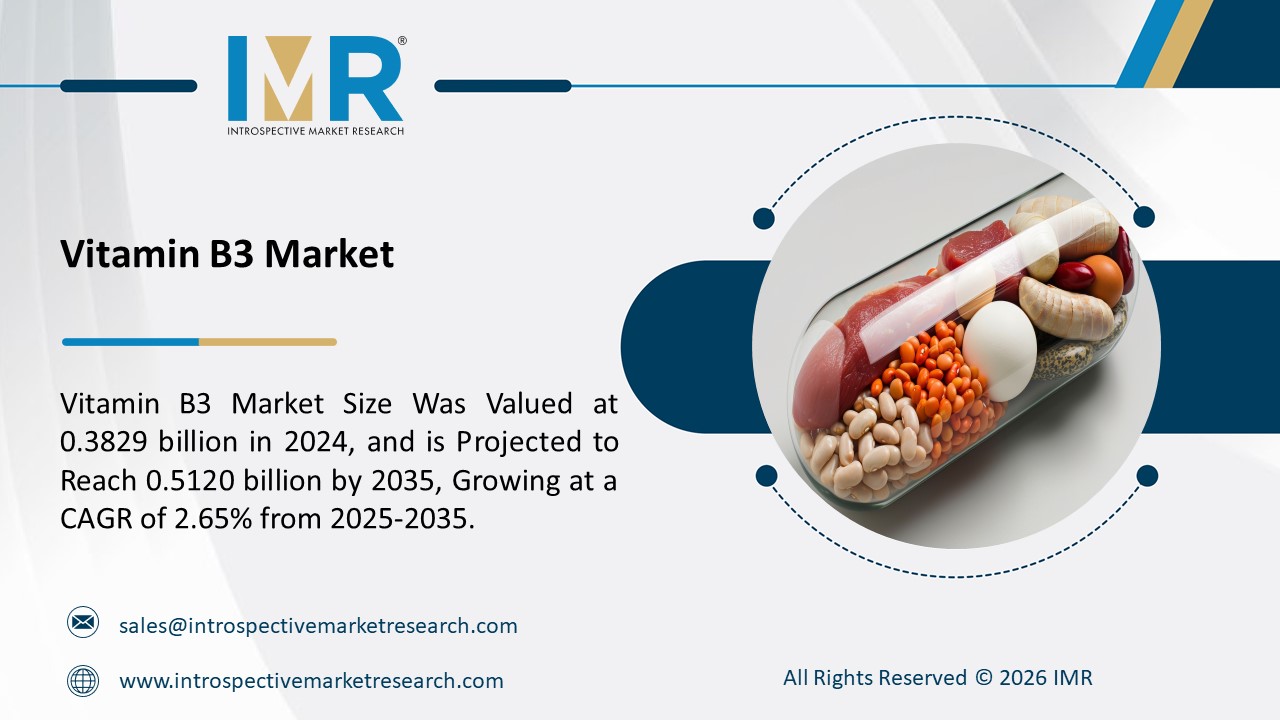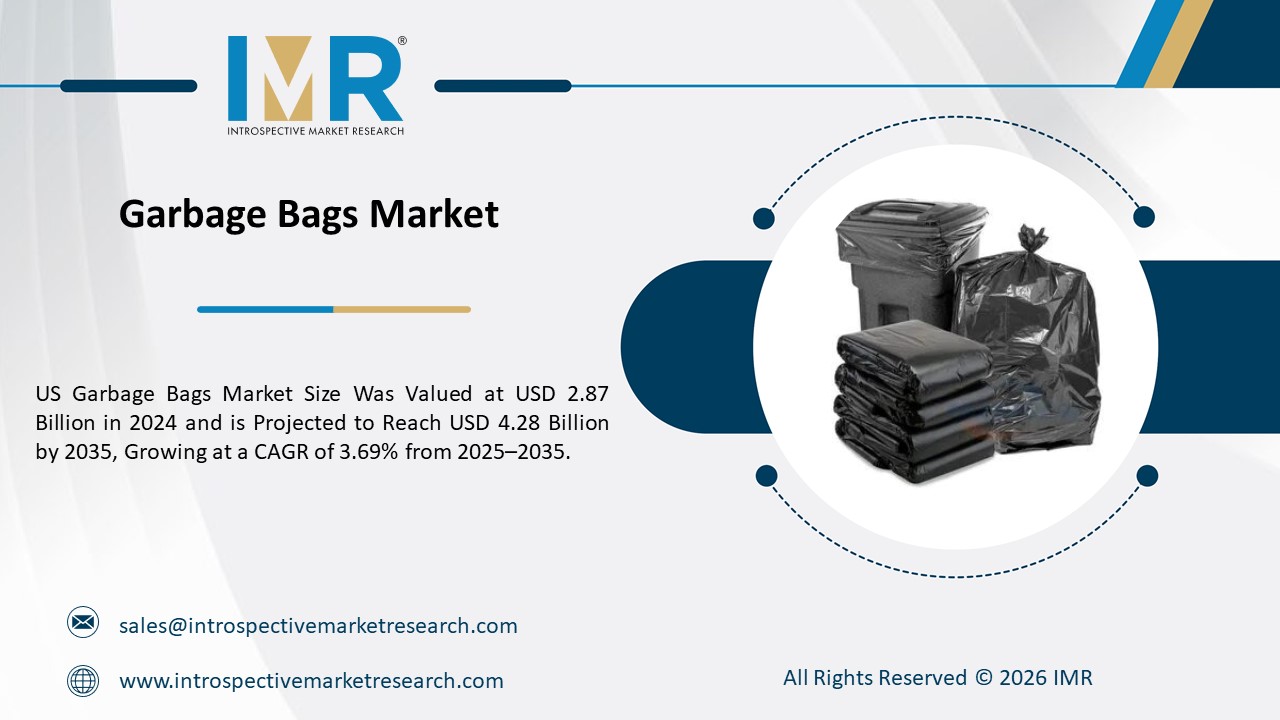
Market Overview:
Smart Food Bin Market Size Was Valued at USD 201.5 Billion in 2022, and is Projected to Reach USD 582.91 Billion by 2030, Growing at a CAGR of 14.2% From 2023-2030.
Smart Food Waste Bins have traditionally been used to discard any leftover food, including plate scrapings and uneaten food. However, the issue of food waste has become a pressing concern globally, prompting several countries to explore ways to minimize food waste. One such solution is the development of Smart Food Bins, which are equipped with advanced technology to help consumers reduce food waste. Smart Food Bins are capable of capturing images of discarded food and weighing it, transmitting the data to a computer. The computer, which utilizes Artificial Intelligence (AI), can then inform users about the type of food that has been wasted. Additionally, Smart Food Bins can distinguish between different types of food waste, allowing restaurants and food outlets to optimize their food production. By identifying the types and amounts of food being wasted, food companies can improve their manufacturing processes, potentially boosting market growth in the future.
Top Key Players Covered In The Smart Food Bin Market:
- Winnow Solutions Limited (UK)
- Leanpath Inc (U.S)
- Enevo Inc (U.S)
- Wybone Limited (UK)
- Kitro SA (Switzerland)
- Orbis (Singapore)
- Lumitics (Singapore), and Other Major Players
Market Dynamics and Factors:
The increasing global concern about the environmental impact of food waste has been a major driver of the smart food bin market. By identifying the type and quantity of food waste, businesses can adjust their production and purchasing to reduce waste and save money. The food service industry has been an early adopter of smart food bins, as they have the potential to reduce costs and improve sustainability. In conclusion, the smart food bin market is being driven by several factors, including growing awareness and concern for food waste, stringent food waste reduction regulations, cost savings for businesses, advancements in technology, and increased adoption by the food service industry.
Smart food bins can be integrated with other technologies, such as inventory management and food safety systems, to provide a more comprehensive solution for businesses. The growing focus on sustainability and corporate social responsibility provides an opportunity for smart food bin companies to offer solutions that help businesses reduce their environmental impact and improve sustainability. In conclusion, the smart food bin market is expected to experience significant growth in the coming years, driven by various factors such as increasing awareness of food waste, cost savings for businesses, and advancements in technology. The market presents a significant opportunity for manufacturers to develop innovative solutions and expand their market reach.
The Smart Food Bin Market Report Highlight:
- By Food type, the growth of the smart food bin market will be driven by the raw segment, which includes leftover food, inedible parts of vegetables and fruits, and peels of fruits, potatoes, and cooked bananas. This segment is characterized by large quantities of vegetable waste and waste from fruits, particularly cooking bananas.
- By Food Products, the bread segment is expected to be the key driver of growth in the smart food bin market. The restaurants and pantries remove breadcrumbs before making dishes thereby, increasing the food waste from bread products.
- By End- Use, the commercial sector is expected to drive the growth of the smart food bin market. This segment includes food establishments, restaurants, cafeterias, and food storage areas.
- The North American region is anticipated to have the highest share of the smart food bin market over the forecasted period attributed to the growing consumer awareness about food waste. Every year, the United States discards almost 40 million tonnes of food or 219 pounds of trash per person
Key Industry Development:
- In October 2023, Enevo, a pioneer in smart waste management solutions, has unveiled a strategic partnership with a prominent waste management company, marking a significant milestone in the industry's widespread adoption of innovative technologies. As part of this collaboration, Enevo's state-of-the-art smart bins will be deployed across thousands of residential buildings, offering a dynamic and data-driven approach to waste collection.
- In April 2023, Leanpath: Introduced "Leanpath Harmony," a cloud-based system for their smart bins, enabling real-time waste data analysis and performance insights, empowering businesses to optimize waste management strategies.
The Smart Food Bin Market Segmentation:
By Food Type
- Raw
- Cooked & Processed
By Food Product
- Bread
- Meat & Fish
- Fruits
- Others
By End-Users
- Commercial
- Residential
For this report, Introspective Market Research has segmented the Smart Food Bin Market based on region:
Regional Outlook (Revenue in USD Million; Volume in Units, 2022-2028)
- North America
- The U.S.
- Canada
- Mexico
- Eastern Europe
- Russia
- Bulgaria
- The Czech Republic
- Hungary
- Poland
- Romania
- Rest of Eastern Europe
- Western Europe
- Germany
- UK
- France
- Netherlands
- Italy
- Spain
- Rest of Western Europe
- Asia Pacific
- China
- India
- Japan
- Singapore
- Australia
- New-Zealand
- Rest of APAC
- Middle East & Africa
- Turkey
- Saudi Arabia
- Qatar
- UAE
- Israel
- South Africa
- South America
- Brazil
- Argentina
- Rest of SA





